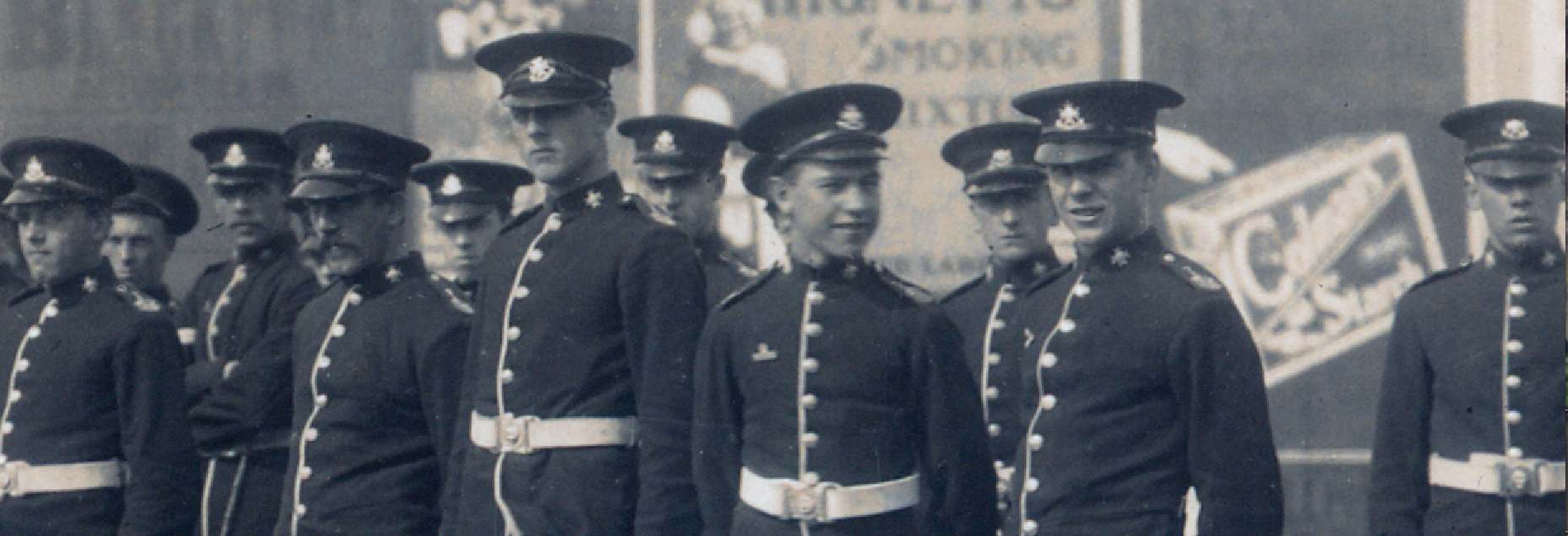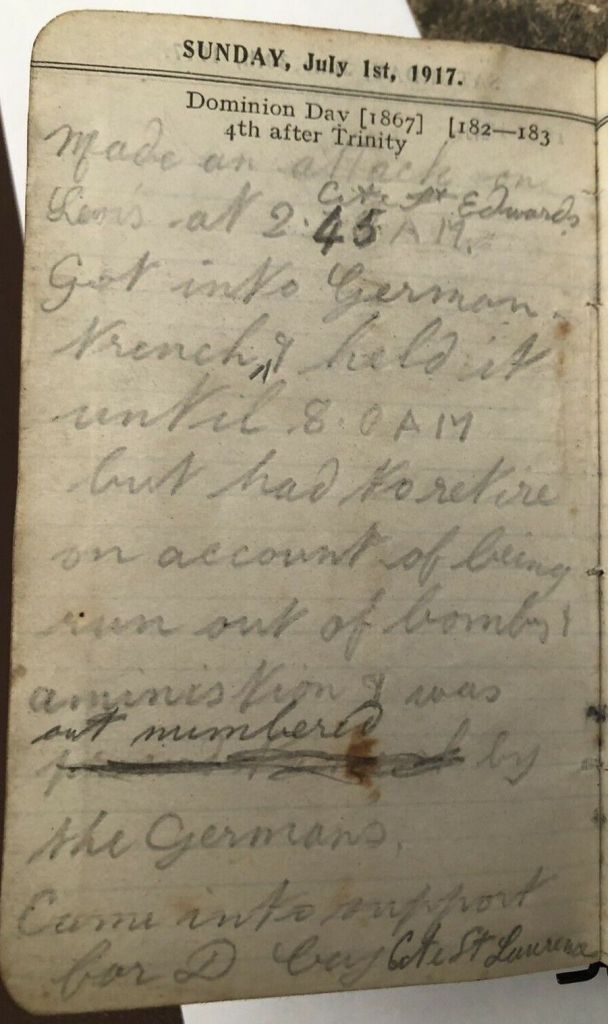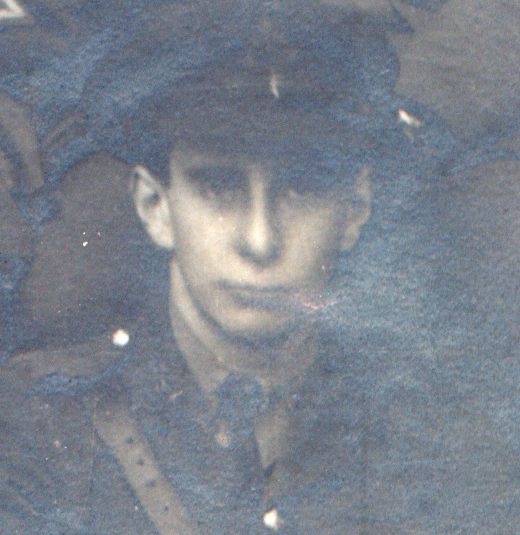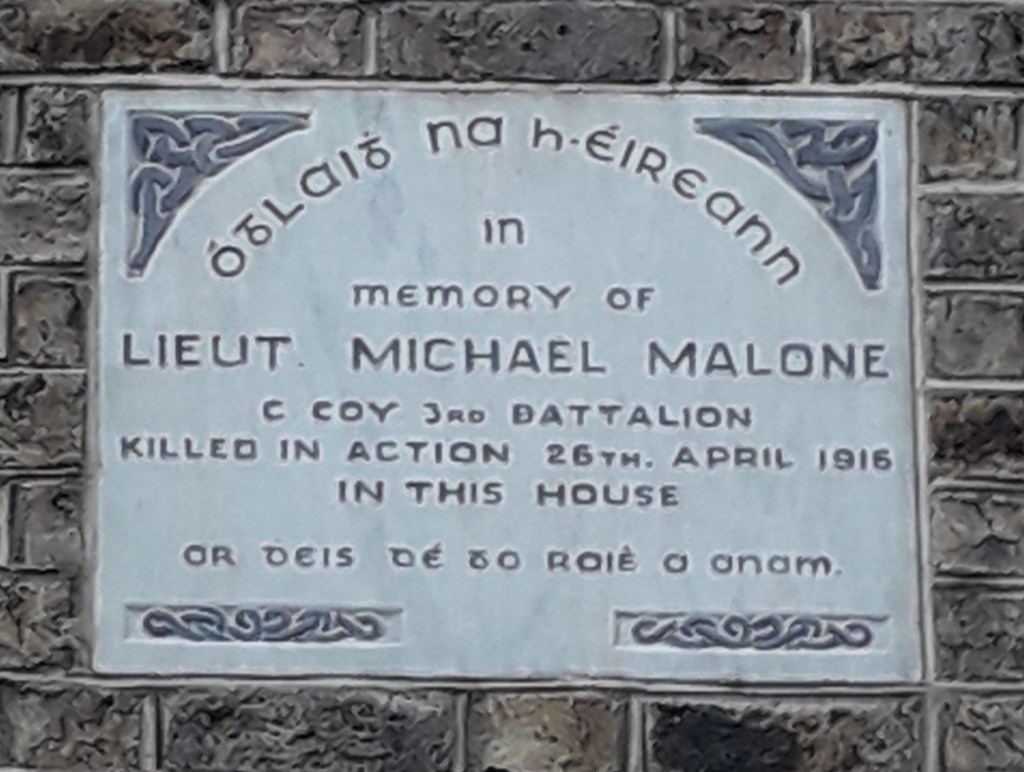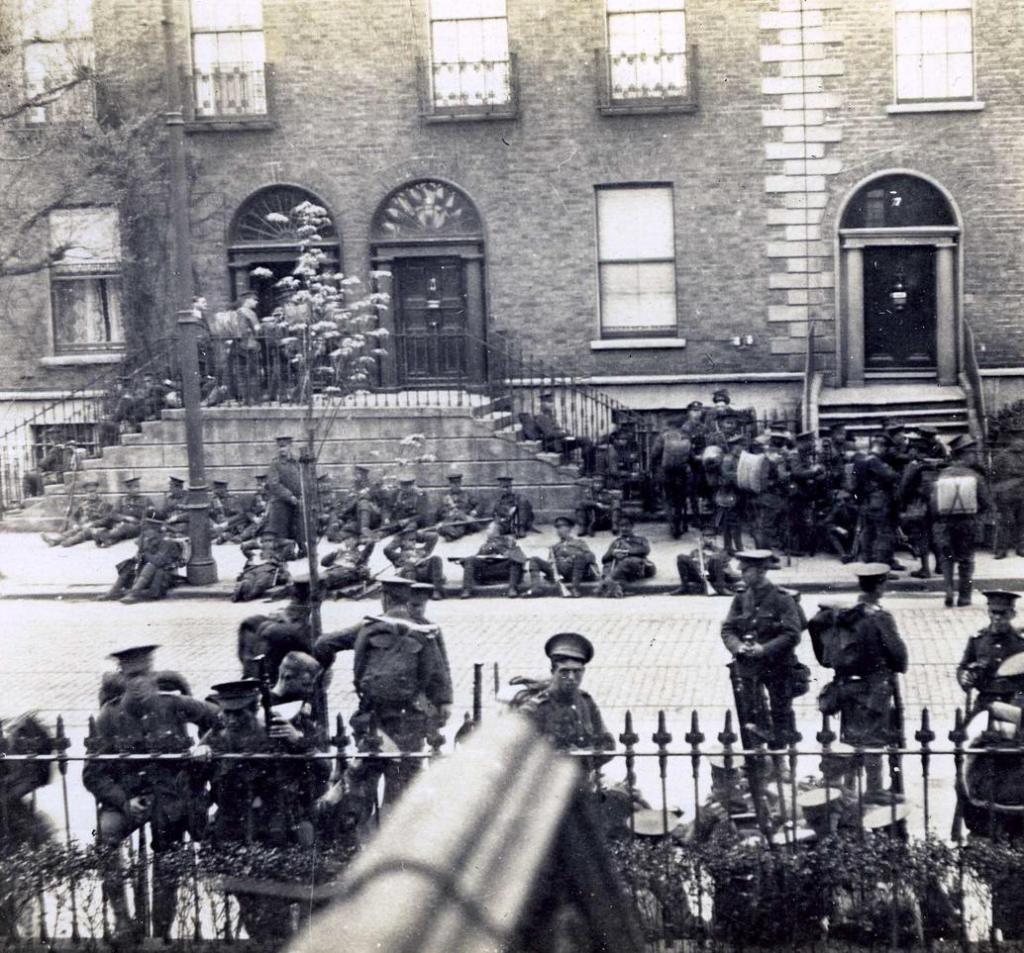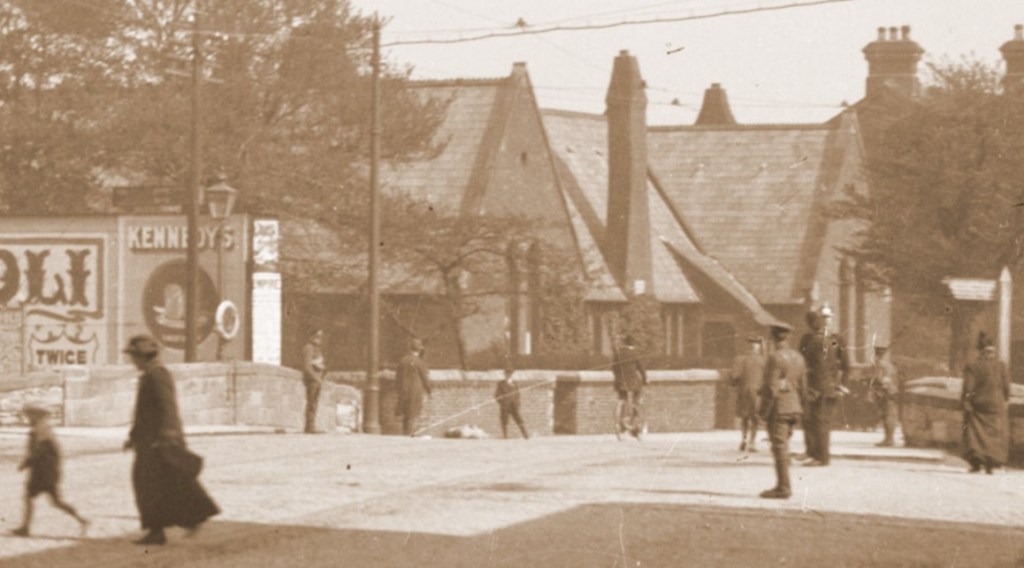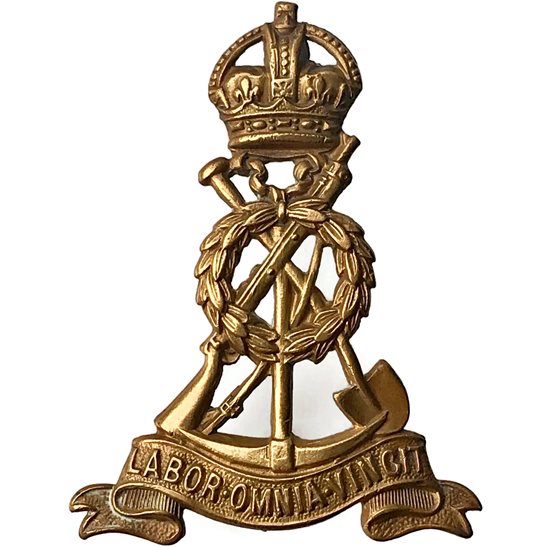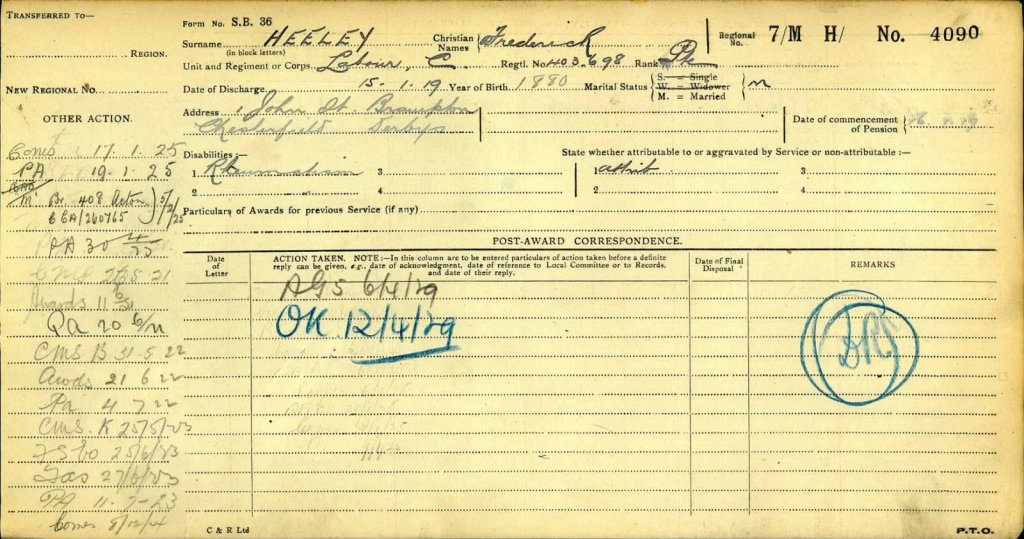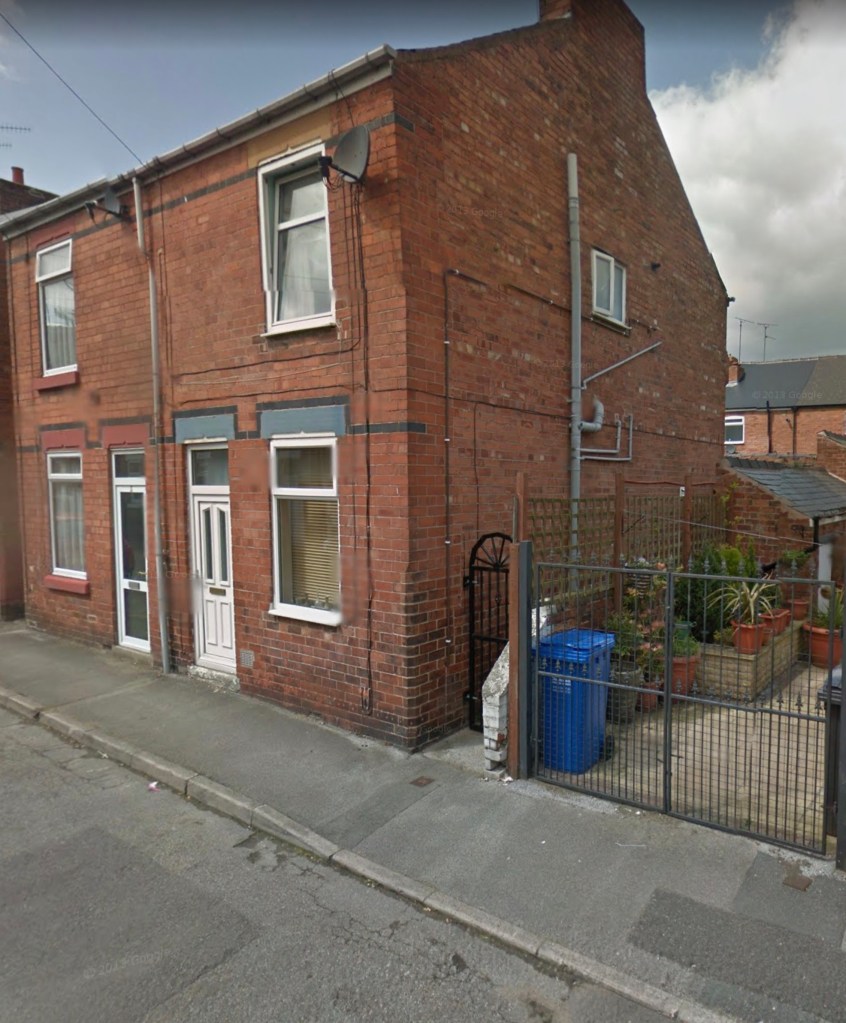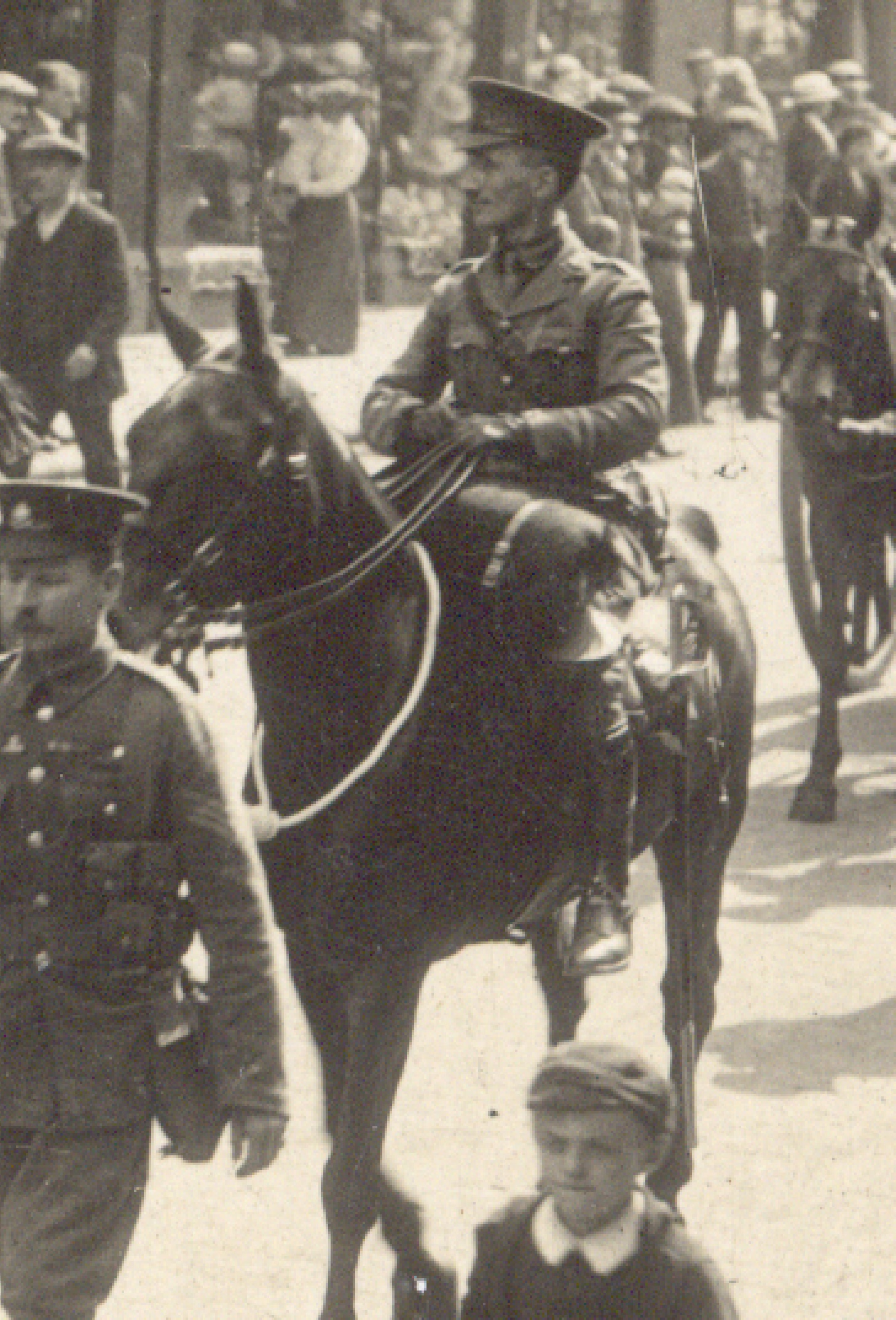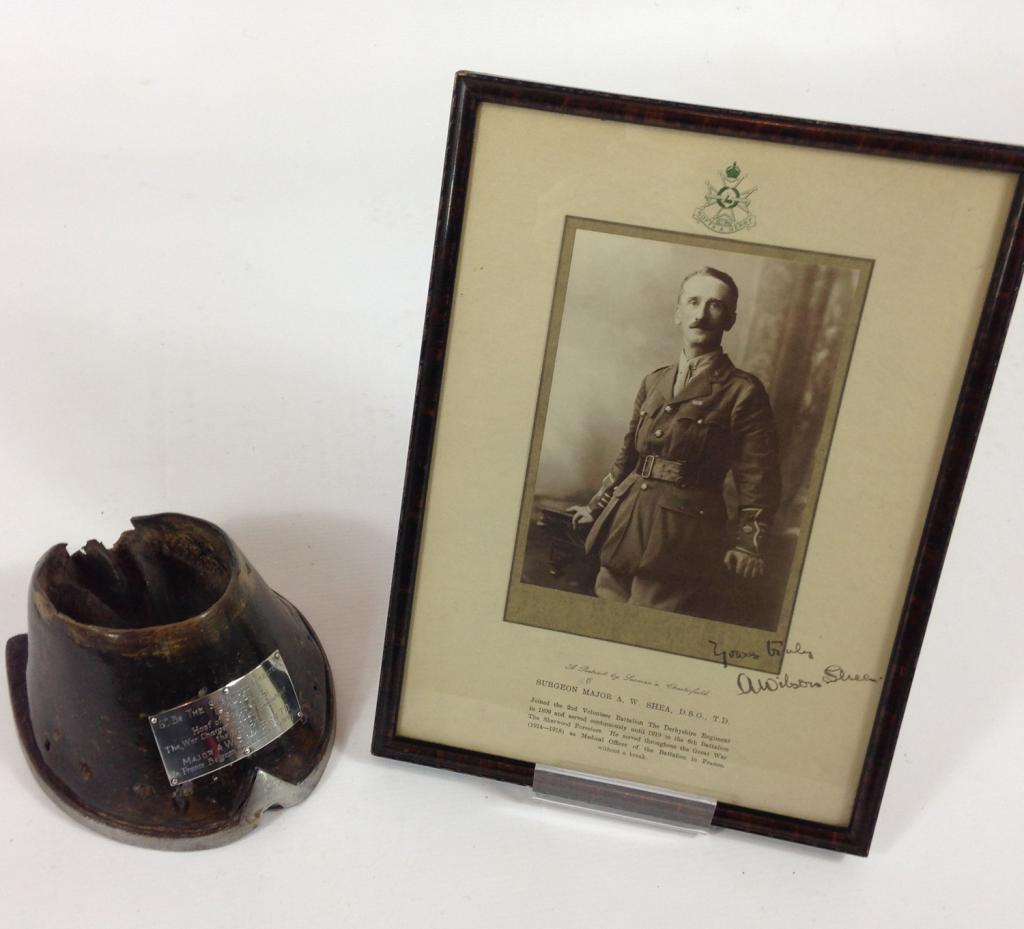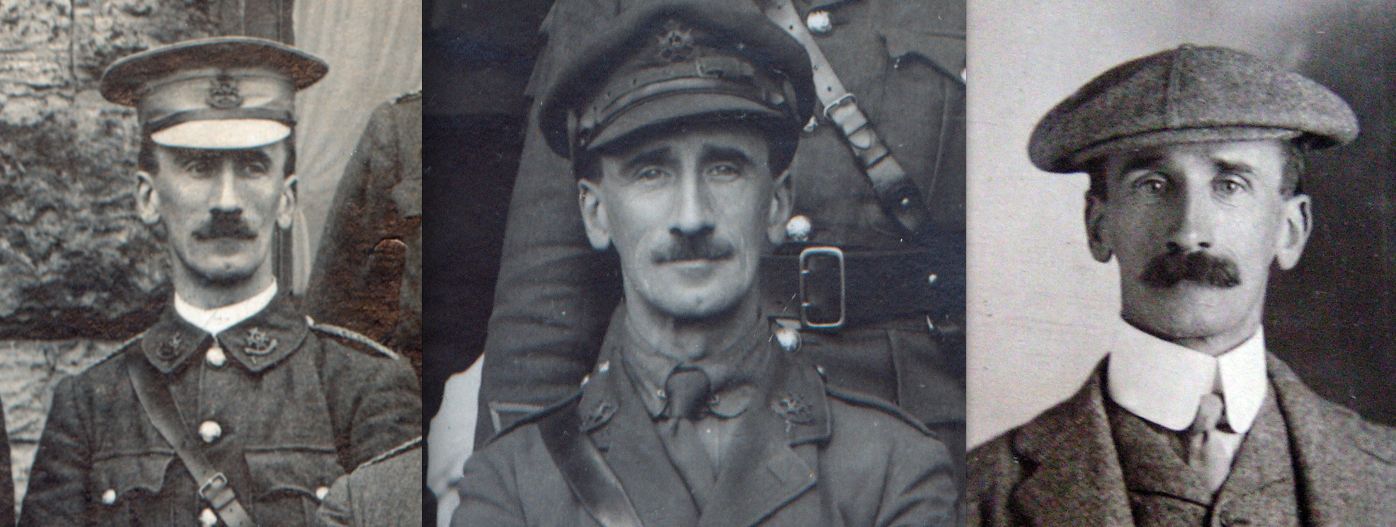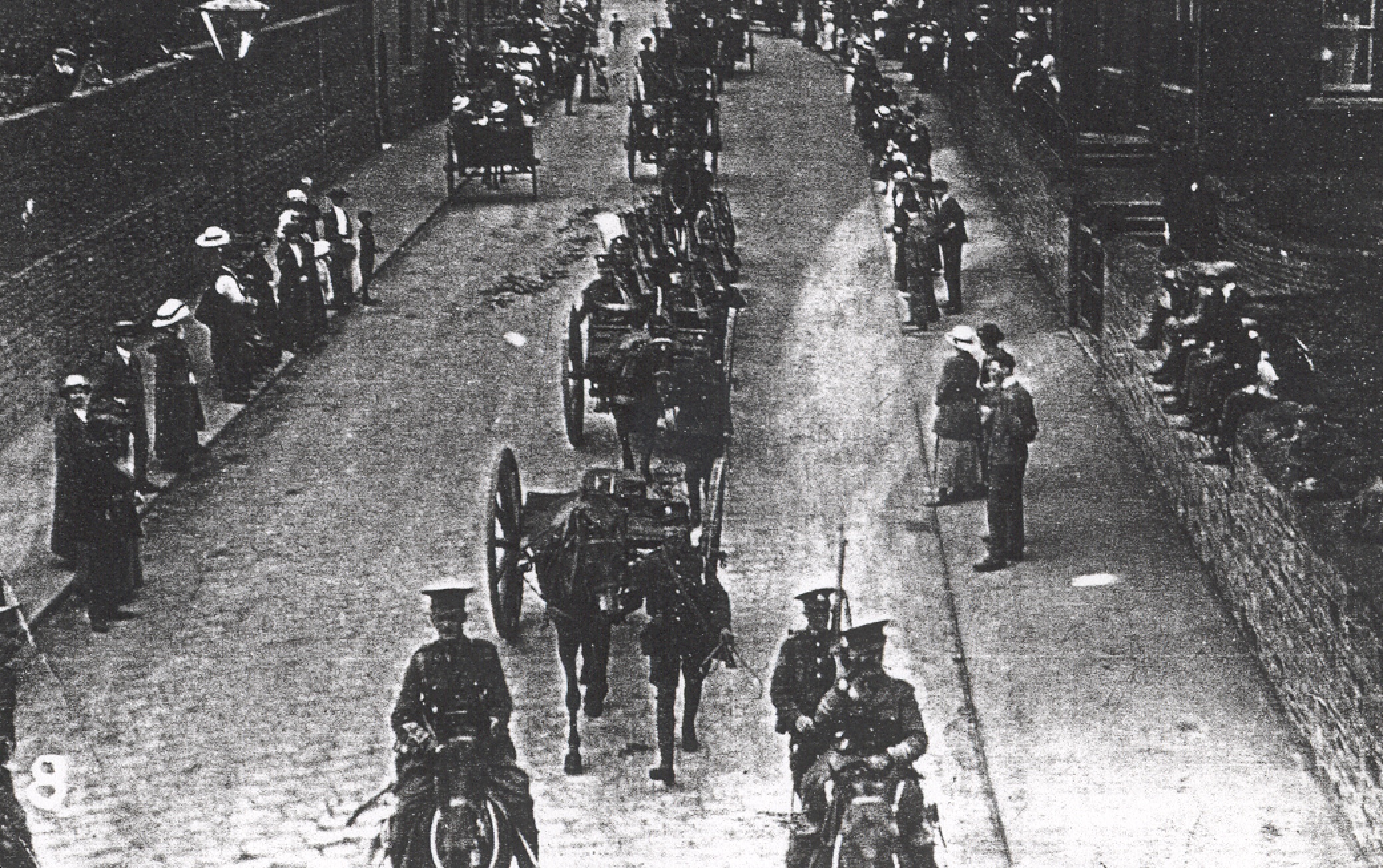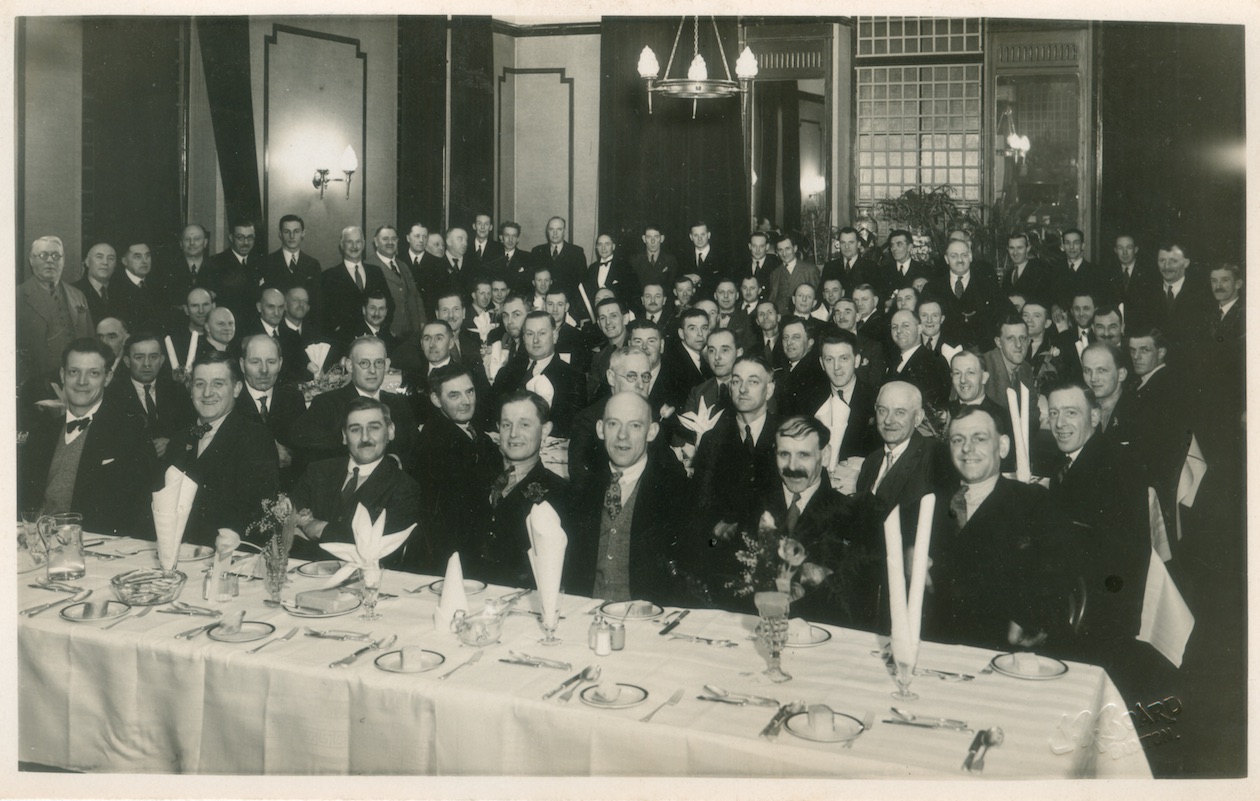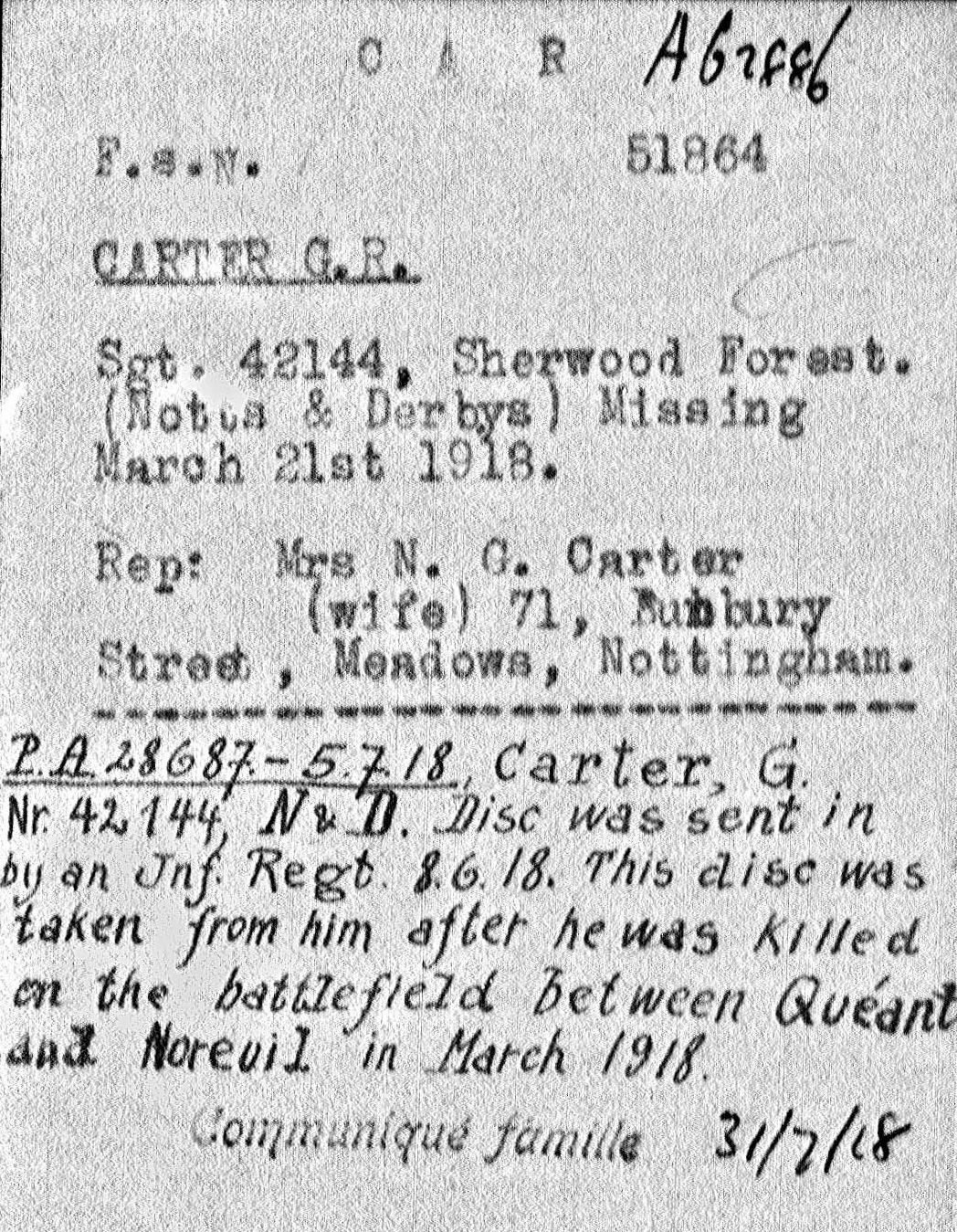[a short blog post]
“Very heavy enemy barrage on front line from 5.0am to 9.30am. Enemy attacked at 9.30am. Battn suffered very heavy casualties”
So wrote KJ Bunting, Captain and Adjutant to the 2/6th Battalion; however, this short sentence belies the enormous casualties that the 2/6th Battalion, along with the 2/5th and 7th Battalions of the 178th Brigade, suffered during the first day of ‘Kaiserschlacht’; the German Spring offence of 1918.
Unlike the 2/5th and 7th Battalions, the War Diary of the 2/6th Battalion does not record the precise numbers of casualties suffered that day (i.e killed, wounded or missing).
However, the 178th Brigade War diary does provide a total number of casualties for each Battalion. The strength of the 2/6th Battalion on 1st March 1918 was 53 Officers and 883 Other Ranks, thereby suggesting that approximately 20 Officers and 220 men were left in reserve and took no part in the fighting.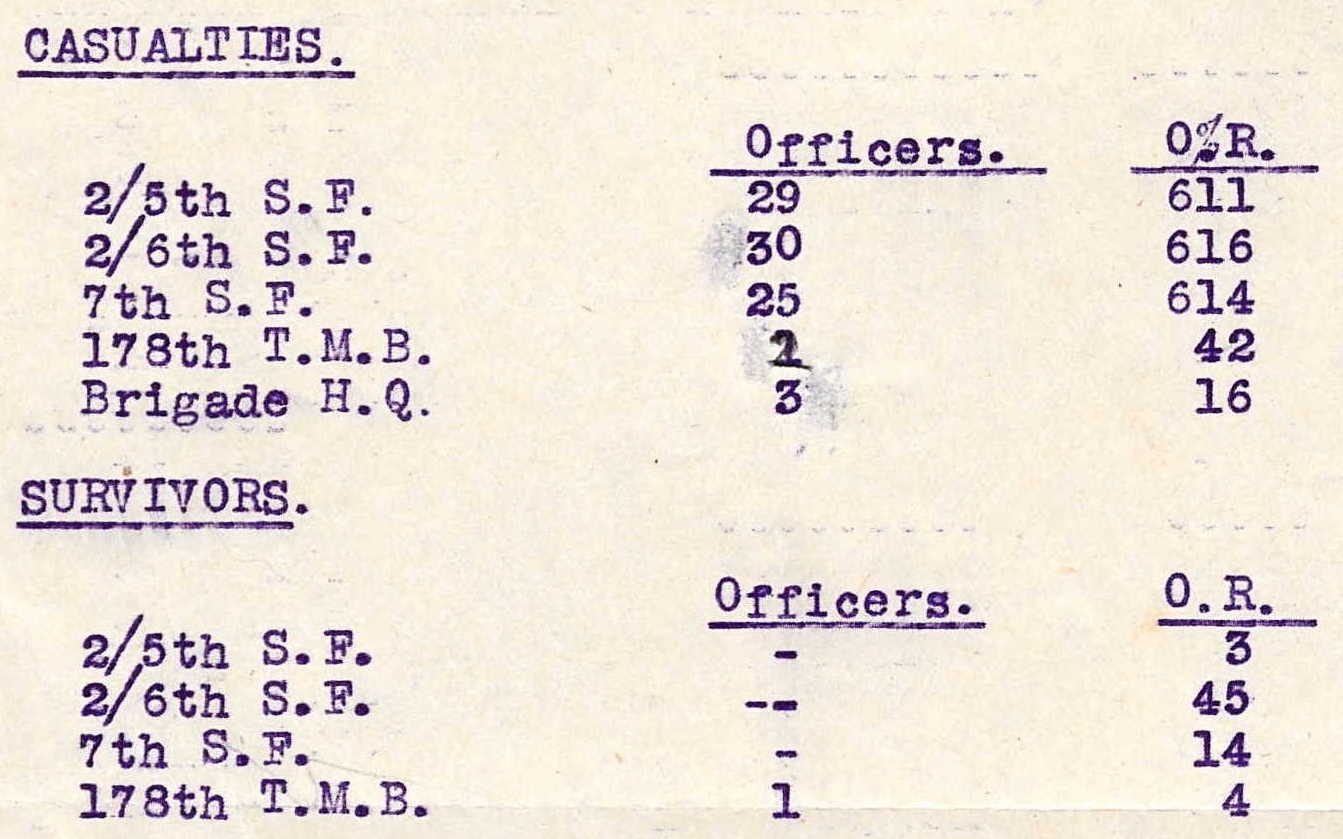
The 59th Division War Diary gives slightly higher casualty figures of 34 Officers and 722 men wounded or missing. In addition, they acknowledge that the numbers of wounded men were not reported by Medical Units, and therefore a proportion of other ranks listed a ‘missing’ may have in fact been wounded.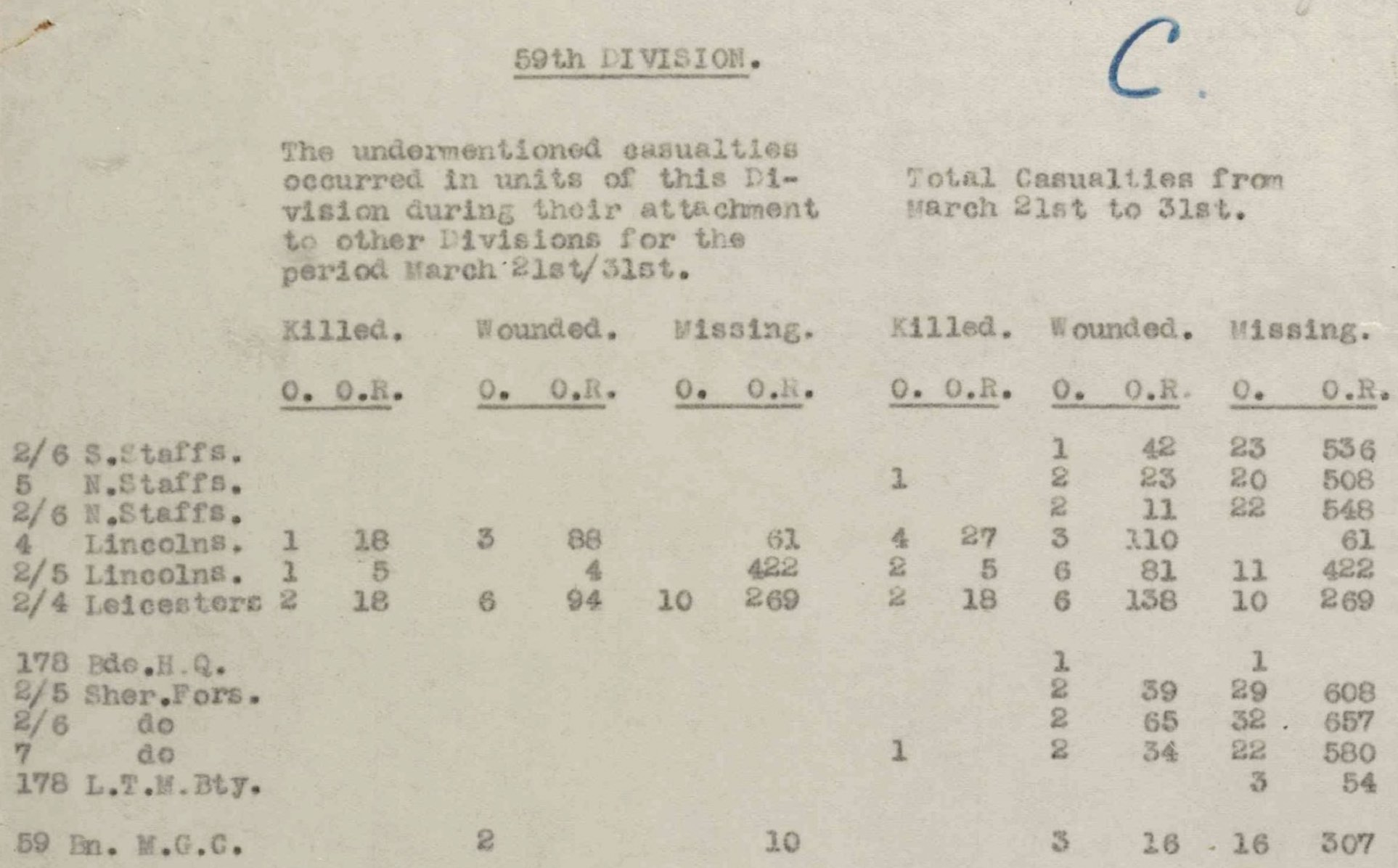
Personal Accounts
Very few personal accounts exist of those chaotic few hours, several Officers wrote of their experience after the War and a few stories appeared in local newspapers at the time.
Below are a few examples.
George Robert Yeomans
 “We were holding the line on March 21st 1918. I was wounded in the left leg by a gun shot and taken prisoner a few hours afterwards. My leg was amputated April 8th 1918 at Cassel Germany”
“We were holding the line on March 21st 1918. I was wounded in the left leg by a gun shot and taken prisoner a few hours afterwards. My leg was amputated April 8th 1918 at Cassel Germany”
George Robert Yeomans, Lewis Gunner, B Company, 2/6th Battn, aged 20 from Upper Marehay.
265746 Corporal Joseph Page
“Our Battalion was in the support trenches, having come out of the first line trenches two days earlier. We found the Germans putting down a barrage of gas shells. We stood to until eleven o’clock, by which time the trenches had been blown flat and many casualties sustained. A runner came up and said the Germans had broken through. I had to take that message to our Battalion headquarters, and after I had been there about 15 minutes I was surprised to see hundreds of Germans all round us.
By this time part of the Battalion had already been taken prisoner, but the rest of us were told to get behind a sunken road and fight it out. There were machine guns at either end, and although we fired as hard as we could at the oncoming Germans they swarmed forward in mass formation, other parties coming down the communication trenches. We put up a hard fight until by one o’clock we had no ammunition left. Our last lot of bombs were useless, as somebody had left the detonators behind.
After having done a lot of execution we retired from the sunken road into a trench, the end of which was blocked so that we could not get out. About twenty of us scrambled up, however, and made a rush under heavy machine gun fire to another trench on the right, fifty yards away. There we met some Lincolnshire reinforcements, with whom we put up a big bombing attack. Fritz bombed us back until our casualties became so heavy that we found it was hopeless to go on fighting, so one of the sergeant-majors ordered us to put our arms down and are hands up.”
[The Mansfield Reporter and Sutton Times, Friday, May 19, 1918]
Lt Conrad Stark, “C” Company, 2/6th Battalion
“We were very quickly surrounded and our lines became too hot to hold from crossfire. Retired to our support line; shall never know how I reached same untouched, was walking through our own and the enemy’s barrage. Had a great number of casualties whilst crossing. On reaching support managed to put up a show there but was surrounded about 9:40 a.m. and taken prisoner about 45 minutes after the enemy left his front line.”
The last stand of the 178th Brigade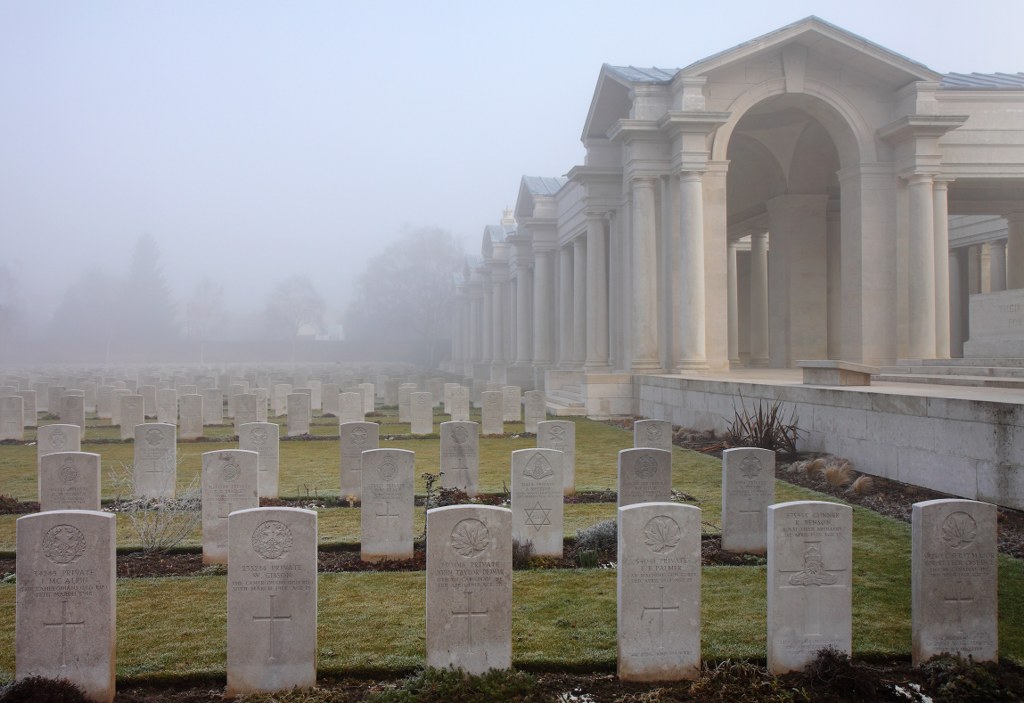
The vast majority of men that were killed that morning have no known grave and are Commemorated on the Arras Memorial to the Missing.
However, by examining the exhumation and reburial records held by the CWGC it is possible to identify the locations of 65 Officers and men of the 178th Brigade whose bodies were recovered after the War. Assuming that they were buried close to where they died, either by the Germans or through shell fire, it is possible to trace the last actions of the 178th Brigade.
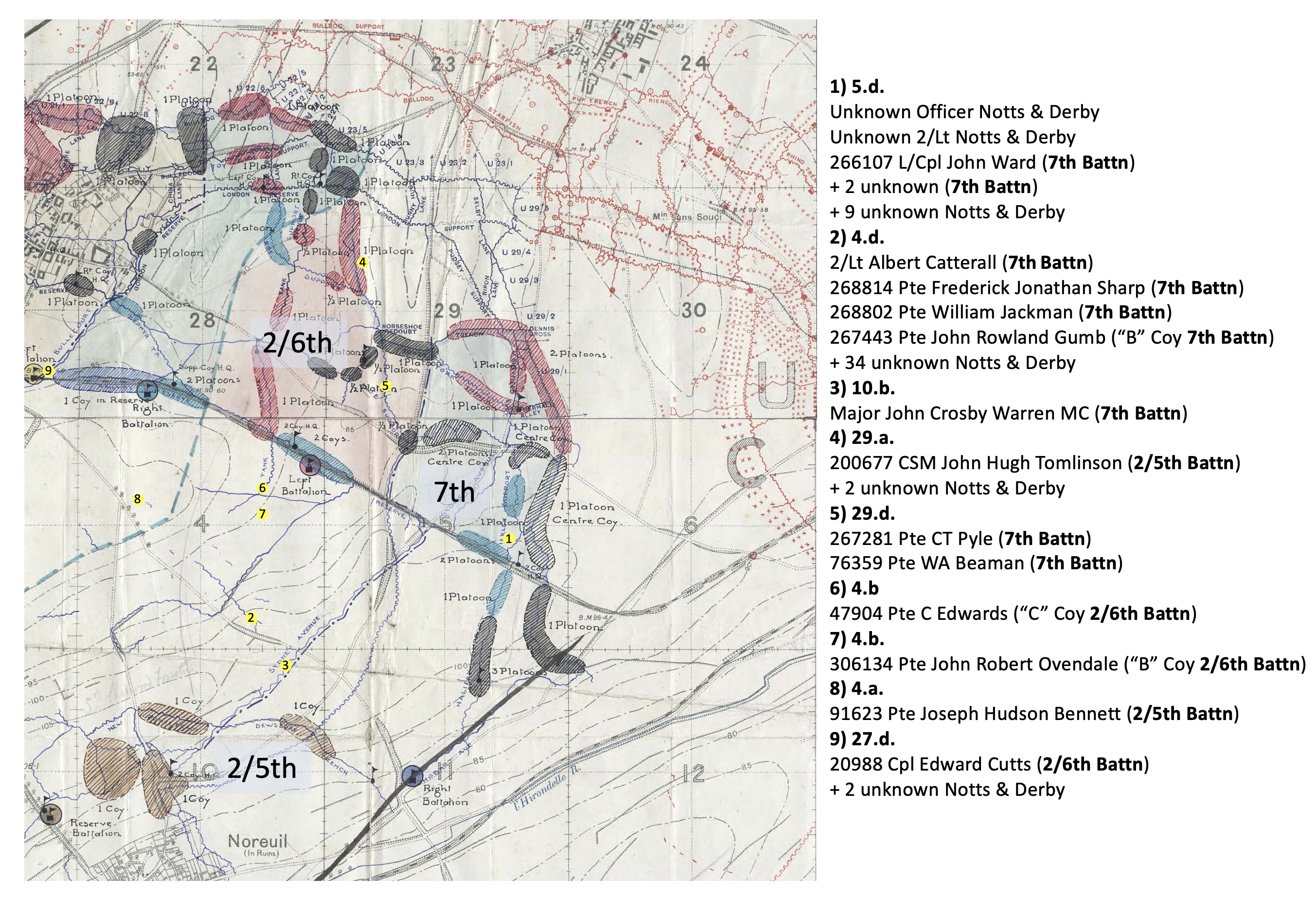
There are several important inferences that can be made:-
Major John Warren MC, 2/Lt Albert Catterall and a few men of the 7th Battalion were able to escape from the German’s surrounding their front line positions and make a ‘final ‘stand in sunken road in 4d – see 1), 2) and 3).
CSM John Tomlinson, although recored as serving with the 2/5th Battalion, had mostly likely been attached to the 2/6th Battalion when he was killed – see 4).
Several men from the 2/6th Battalion, most little from the HQ Company, were able to escape being surrounded in Railway Reserve – see 6), 7) and 9).
Very few of the 2/5th Battalion made made it away from Noreuil – see 8). In fact Joseph Hudson is the only man serving with the 2/5th Battalion who’s body was exhumed and identified after the War.

